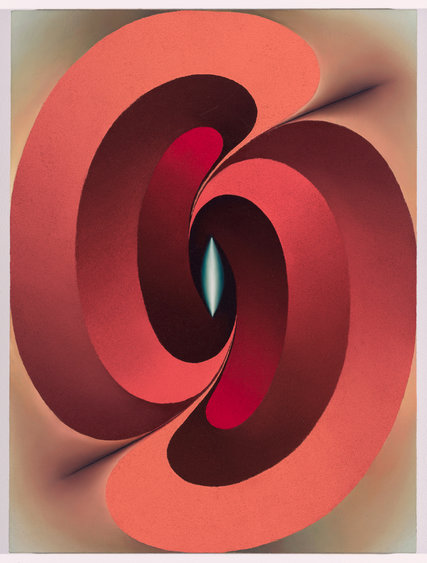
Censorship of the arts helps governments keep populations in check. In the early 2010’s, the Russian government passed a law that banned disseminating gay propaganda. In response, the general population posted pictures of President Vladimir wearing makeup, dressed as a clown, with rainbows in the background to signify their president as a homosexual.
These memes circulated amongst anti-Putin protests and pro-LGBT protests. The government quickly made it illegal, and anyone caught distributing, retweeting, or sharing the image are punished with up to 15 days in prison or a fine of 3000 rubles (Ilyushina). Here is an example of an artwork which has become criminal. Protestors still choose to use the image in defiance of the new laws.
Why do these people choose this though? I think it is because rebellion through artwork is more socially acceptable. As a first generation Eastern European, I can say that one of the major ways an Eastern European protests is through subtle attacks and jokes. The meme, for example, makes humor of the Russian President. Rather than causing disruption on the streets, they are attacking his pride and dignity. And while these photos are criminal, people are more likely to commit these art crimes rather than things they would deem as an actual crime.
In the end, opposing censorship laws proves to be the most efficient way to protest and break a law. People will continue to break censorship laws because society doesn’t see it as a “real crime”. Governments will continue to ban certain images and people will continue to break these censorship laws.






